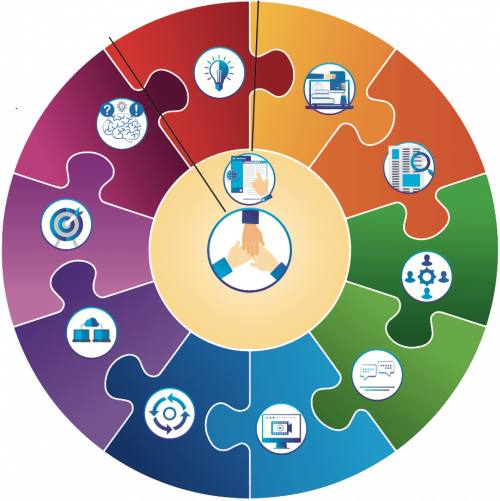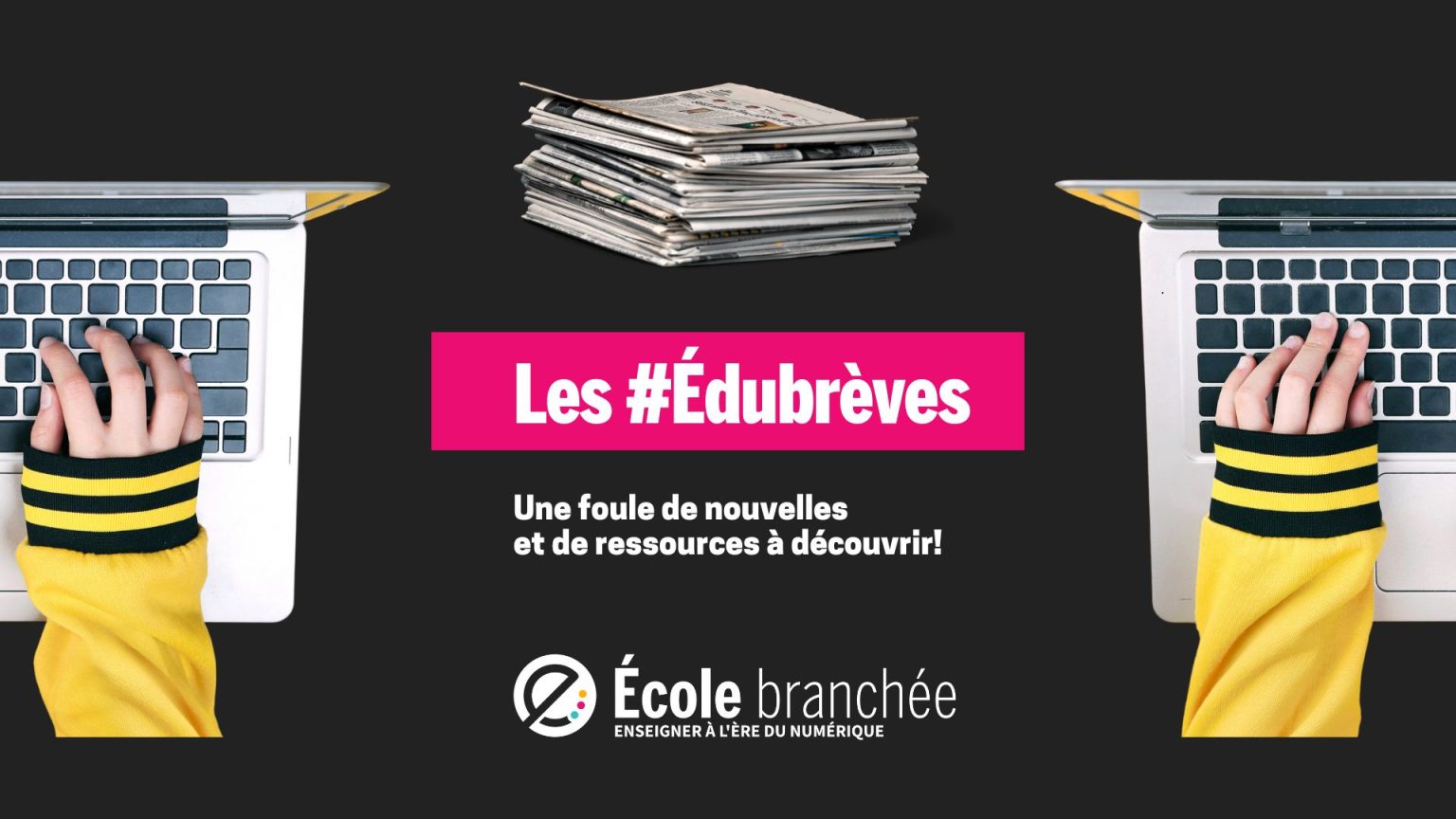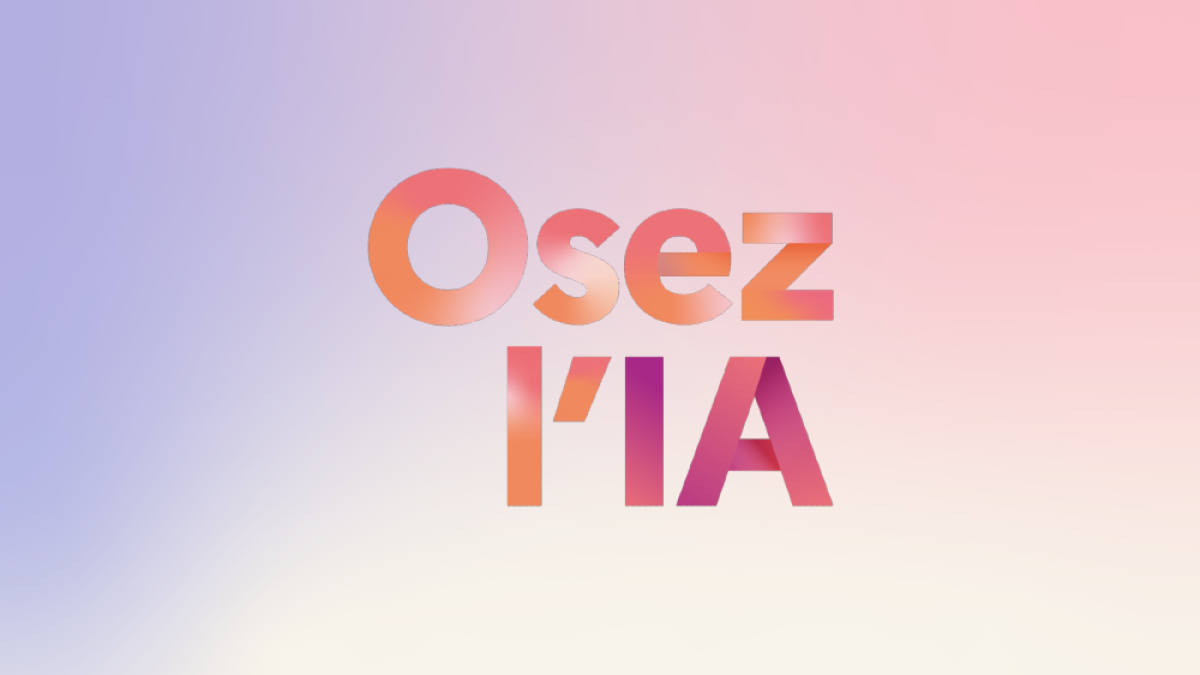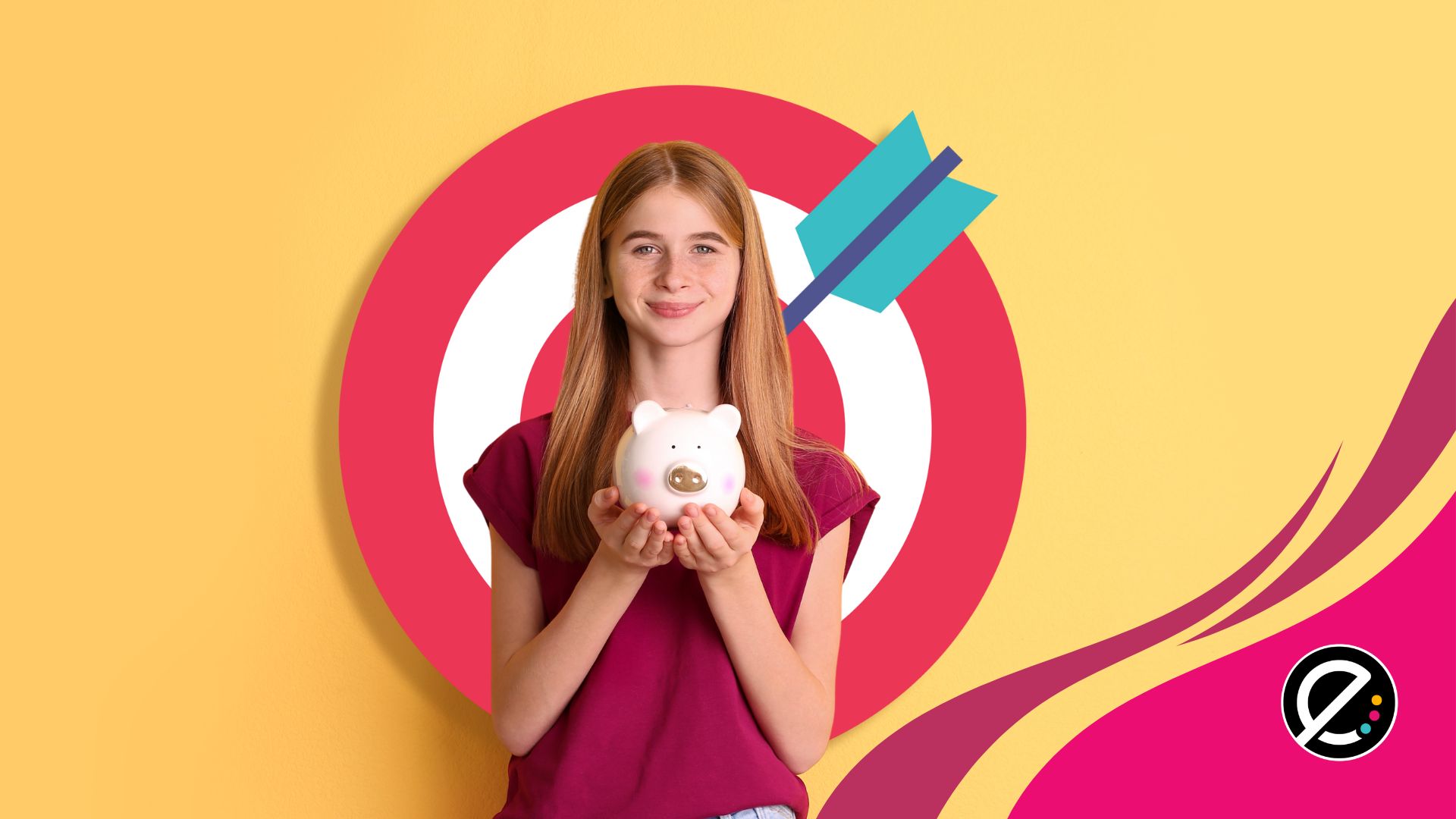En consultant le cadre de référence numérique, nous constatons que le centre du diagramme est occupé par le citoyen numérique qui agit de façon éthique. Autour de cette affirmation gravitent tous les objectifs à travailler avec nos élèves afin qu’ils deviennent responsables, concernés, conscients. Voici quelques idées de comportements à adopter pour aider nos élèves à devenir aux citoyens éthiquement numériques que nous voulons qu’ils deviennent.
Citer les sources utilisées

Il n’est pas rare que l’on demande à nos élèves d’effectuer des recherches et ensuite d’utiliser les informations trouvées pour répondre à des questions ou pour effectuer une synthèse dans le cadre d’un travail précis. On leur dit : « le plagiat est interdit, il ne faut pas copier/coller l’information ». Mais, leur avons-nous appris à citer correctement leurs sources? Leur avons-nous donné des exemples du comportement attendu et de celui qui est fautif? Apprenons à nos jeunes ce qu’est un passage cité et bien reformulé. Pour ce faire, cette ressource peut vous être utile. Pourquoi est-il important de mentionner de qui viennent les paroles? Prenons le temps de voir les notions de droits d’auteur, de propriété intellectuelle. Il ne faut pas tenir pour acquises les compétences de nos élèves pour les choses qui nous semblent évidentes à nous.
Utiliser des images libres de droits
Dans le même ordre d’idées, l’utilisation d’images libres de droits est souvent négligée même par le plus compétent des utilisateurs (nous les premiers!). On tient souvent pour acquis que notre image trouvée sur Google peut être reprise et partagée, mais la plupart de celles qui s’affichent suite à notre recherche sont sujettes à des droits d’auteur. Afin de nous aider à les respecter, il est possible de choisir des filtres sur Google à l’aide des onglets supplémentaires de recherche. Je vous laisse ici un petit tutoriel afin de vous guider. Il est également possible de chercher directement sur certains sites qui font déjà une présélection d’images libres de droits, comme Pixabay, Burst ou encore Fotomelia. En fait, l’important c’est d’être sensibilisé et de sensibiliser nos jeunes à l’importance de la propriété d’images, de la même façon qu’on le fait avec les sources écrites!
Publier et consulter de façon responsable et respectueuse sur les réseaux sociaux
L’enseignement sur l’utilisation des réseaux sociaux est toujours plus difficile à intégrer, car nous ne motivons pas les élèves à utiliser des plateformes telles que Facebook, Instagram ou encore Twitter dans les murs de l’école. Cependant, il est possible de les sensibiliser aux partages qu’ils font, aux pages qu’ils suivent ou aux contenus qu’ils consultent en créant des situations d’apprentissage mettant en vedette une de ces applications. Par exemple, en français, il est possible de demander aux élèves d’écrire un texte mettant en scène un héros victime des réseaux sociaux, ou encore dépendant des jeux vidéos. De plus, il est possible d’utiliser ces plateformes de façon pédagogique, comme avec la Twictée qui est une forme de dictée que l’on fait avec Twitter, ou encore demander aux élèves d’écrire une capsule d’information ou une description à partir d’images consultées sur Instagram ou Pinterest. Pourquoi ne pas utiliser des formules d’algorithmes en maths pour créer un problème sur les probabilités de tomber sur une page non désirée?
En somme, notre rôle en tant qu’enseignant, c’est d’apprendre à nos jeunes comment agir de la bonne façon, et personnellement, je ne crois pas que c’est en leur interdisant d’utiliser quelque chose ou en prenant pour acquis qu’ils sont habiles qu’ils développeront des connaissances, mais bien en leur apprenant comment, et pourquoi le faire. N’oublions pas de les accompagner dans le merveilleux monde du Web afin qu’ils deviennent les citoyens numériques que nous désirons qu’ils soient!

En lien avec le sujet, Carrefour éducation vous propose:






